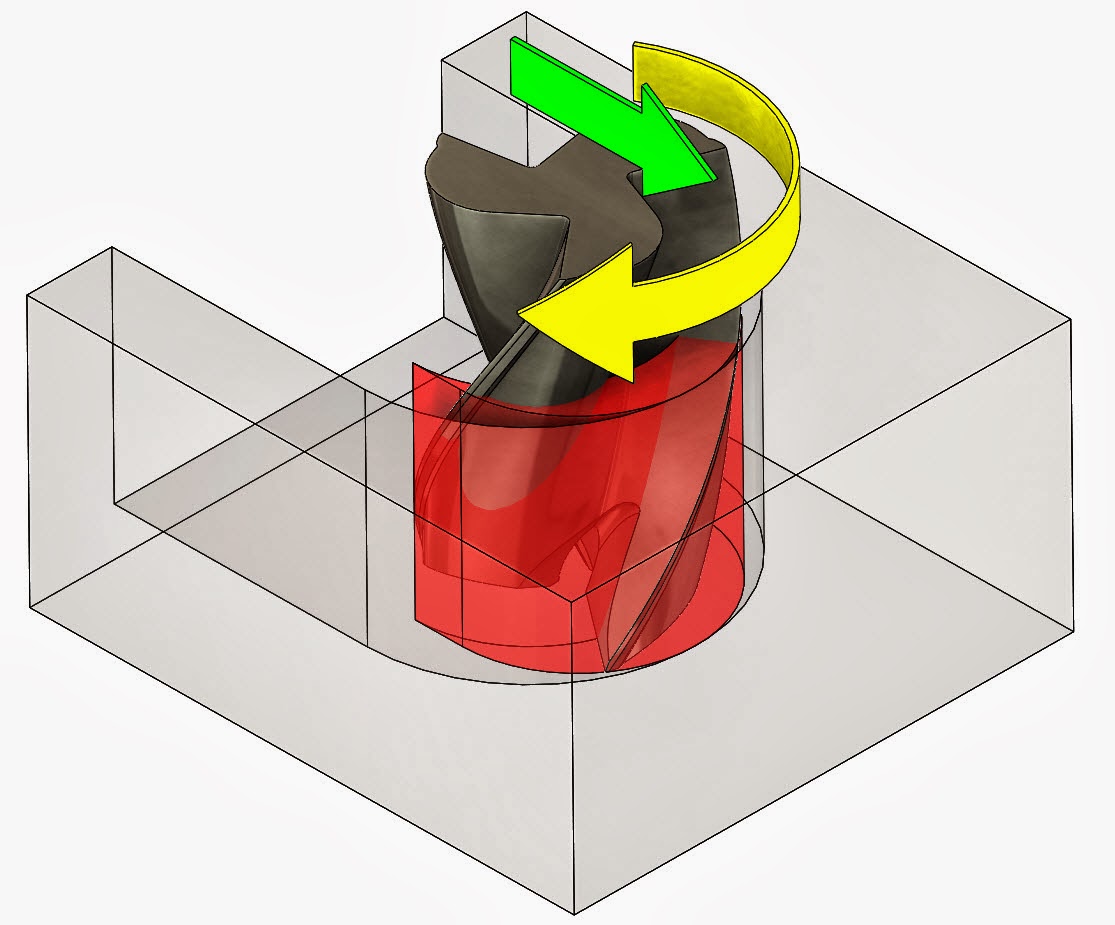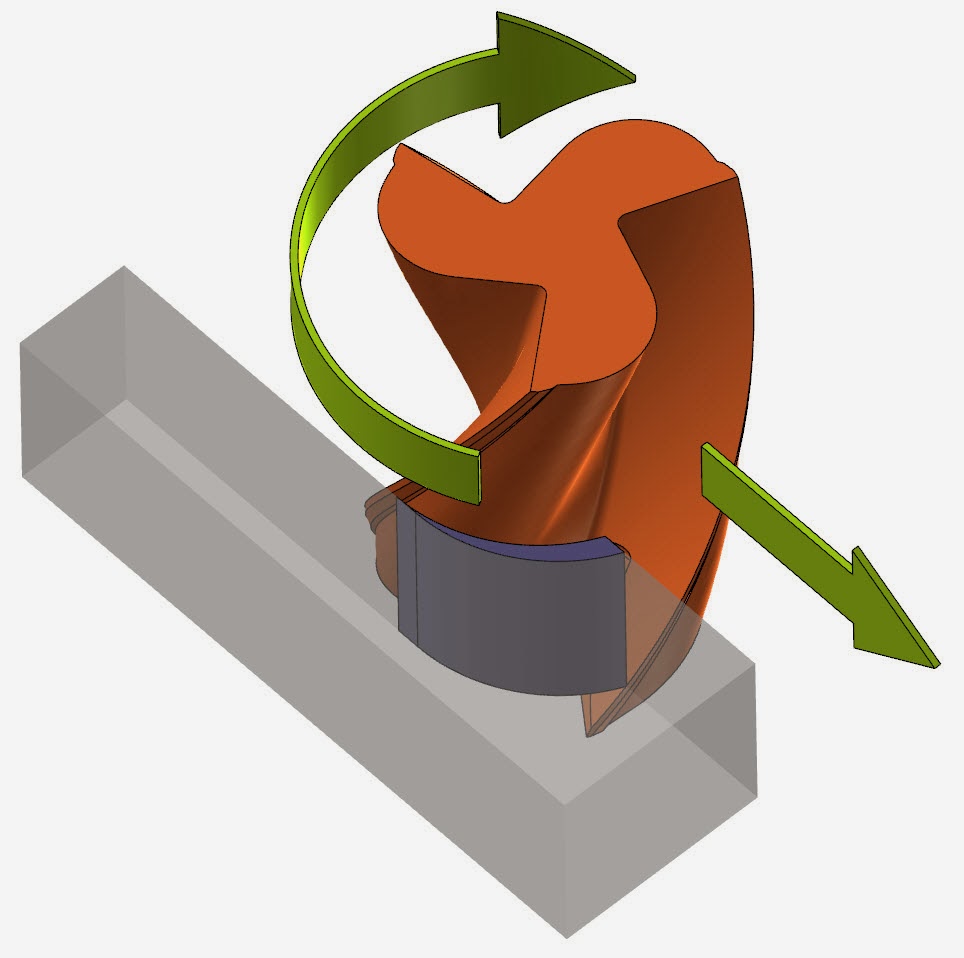
Chips are the primary driver of heat removal. Traditional cutting yields larger chips with good heat removal capacity.

Smaller stepovers require higher feed rates to maintain your targeted ship thickness, and can yield faster cut time.

Chips are the primary driver of heat removal. Traditional cutting yields larger chips with good heat removal capacity.

Smaller stepovers require higher feed rates to maintain your targeted ship thickness, and can yield faster cut time.

820 Westwood Industrial Park Drive
Weldon Spring, MO 63304
Phone: (877) 429-5708
Other Locations
Nashville, TN
Knoxville, TN
Kansas City, KS
Wichita, KS

